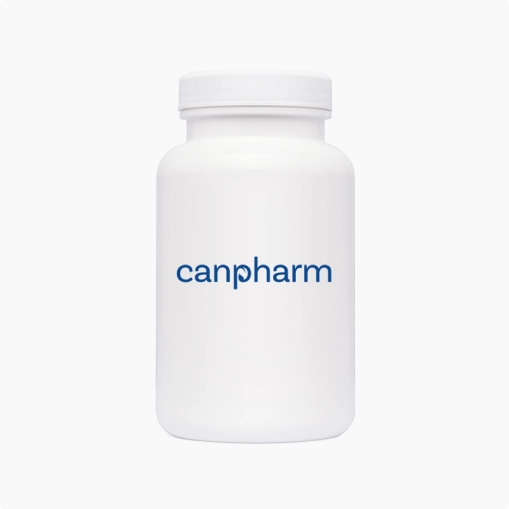
-
Description
-
Reviews (0)
-
Related Products
-
Related Conditions
Fact Table
| Fact Table | |
|---|---|
| Formula | C21H24FN3O4 |
| License | US FDA |
| Bioavailability | 86% |
| Legal status | Rx-Only |
| Chemical Name | Moxifloxacin |
| Elimination half-life | 12.1 hours |
| Dosage (Strength) | 0.5% (5ml) |
| Pregnancy | Consult a healthcare provider |
| Brands | Vigamox |
| Protein binding | 47% |
| PubChem CID | 152946 |
| MedlinePlus | a600002 |
| ChEBI | Not Assigned |
| ATC code | J01MA14 |
| DrugBank | DB00218 |
| KEGG | D08237 |
| Routes of administration | Eye drops |
Vigamox eye drops contain moxifloxacin, which is an antibiotic belonging to the fluoroquinolone class. It is effective against bacterial eye infections but cannot treat viral or fungal infections. It should only be used specifically for bacterial infections.
Directions
Before using the Vigamox eye drops, make sure you wash your hands.
Do not exceed the number of drops prescribed by your doctor. Wait about 5 minutes if you need to use more than one drop.
Do not use more or less of the medicine than recommended, and don't use it for a longer time than advised.
Take out your contact lenses before using Vigamox eye drops. Ask your doctor if you can put them back in after applying the medication.
Tilt your head back slightly, pull down your lower eyelid, and squeeze out a drop while looking away from the dropper.
Close your eyes and keep your head tilted down for 2 or 3 minutes without blinking or squinting. Gently press one finger against the inner corner of your eye near the nose.?
Before instilling any other recommended eye drops, wait at least 10 minutes.
Ingredients
The active ingredient in Vigamox is Moxifloxacin Hydrochloride.
Cautions
Refrain from wearing contact lenses until your eye infection symptoms disappear.
Avoid touching the tip of the dropper or placing it directly on your eye to prevent contamination and serious vision problems.
Vigamox can cause blurred vision, so exercise caution when engaging in activities like driving.
Only use other eye medications if instructed to do so by your doctor.
If the liquid has changed color or includes particles, do not use the eye drops
Interactions
The oral or injectable medications you take are unlikely to affect the effectiveness of Vigamox used in the eyes. However, it's important to note that various drugs can interact with each other, so it's crucial to inform your healthcare provider about all the medications you use.
Side Effects
The most common side effects of Vigamox generic include dry or watery eyes, discomfort, blurred vision, mild itching or irritation, redness, fever, cold, cough, or a runny nose. Before you buy Vigamox eye drops, make sure you discuss your dosage and the potential side effects with your doctor.
Frequently Asked Questions about Vigamox
Is Vigamox a steroid eye drop?
No, Vigamox is not a steroid eye drop. It is an antibiotic eye drop used to treat bacterial eye infections.
How many times should I use Vigamox eye drops?
The dosing instructions for Vigamox eye drops may vary depending on the specific eye infection being treated and the recommendation of your healthcare provider. Typically, the usual dosing regimen for Vigamox is one drop in the affected eye(s) three times a day for a specified duration.
Is Vigamox eye drop used for pink eye?
Yes, Vigamox eye drops can be used to treat pink eye, also known as conjunctivitis, caused by certain bacterial infections.
How long is Vigamox good for after opening?
Once you open the Vigamox eye drop bottle, it is generally recommended to discard any remaining eye drops after 28 days.
How many days should you use moxifloxacin eye drops?
The duration of moxifloxacin eye drop use can vary depending on the specific eye infection being treated and the recommendation of your healthcare provider. Typically, the treatment duration for moxifloxacin eye drops ranges from 5 to 10 days.
